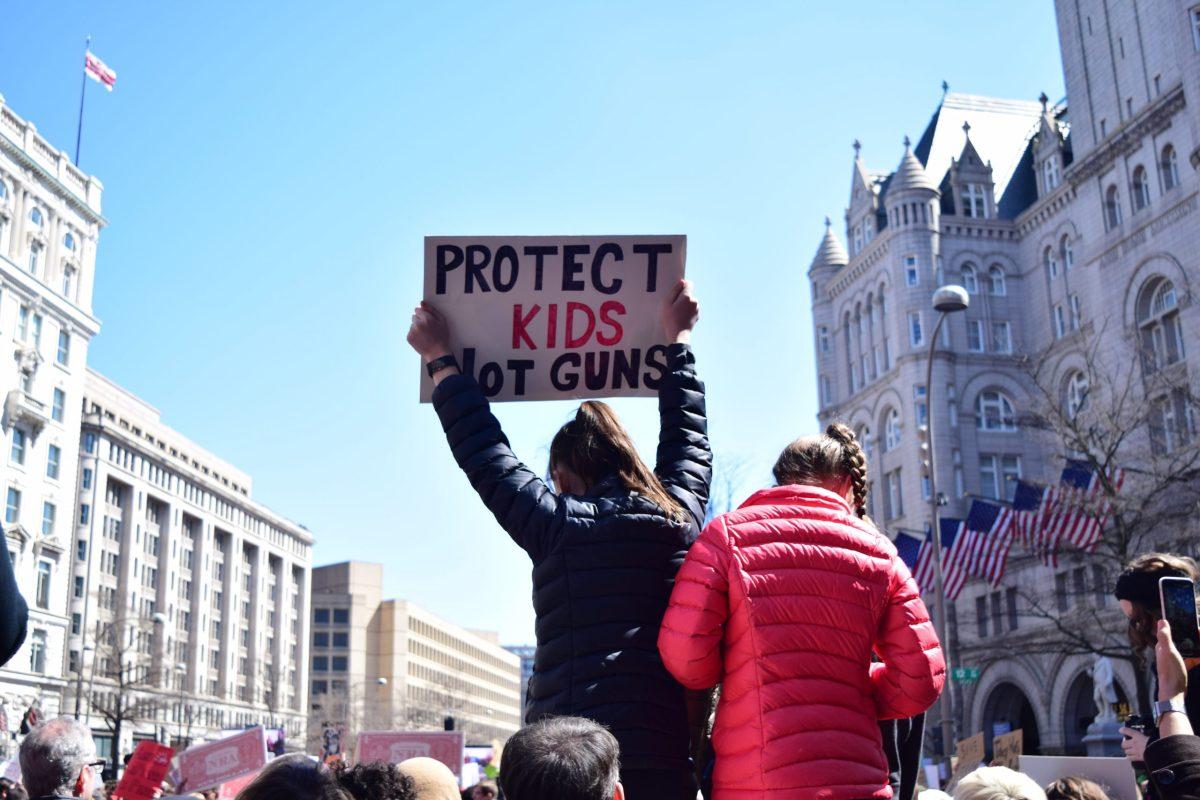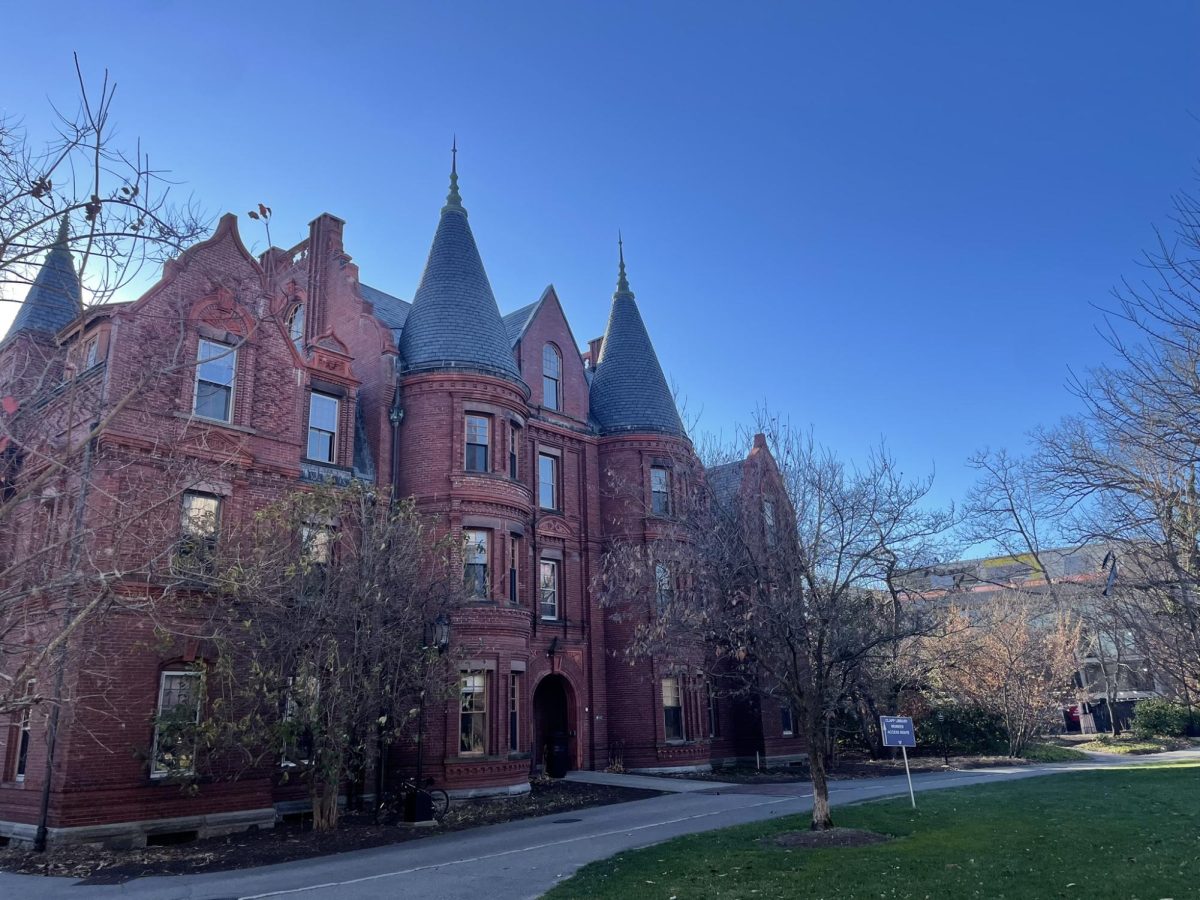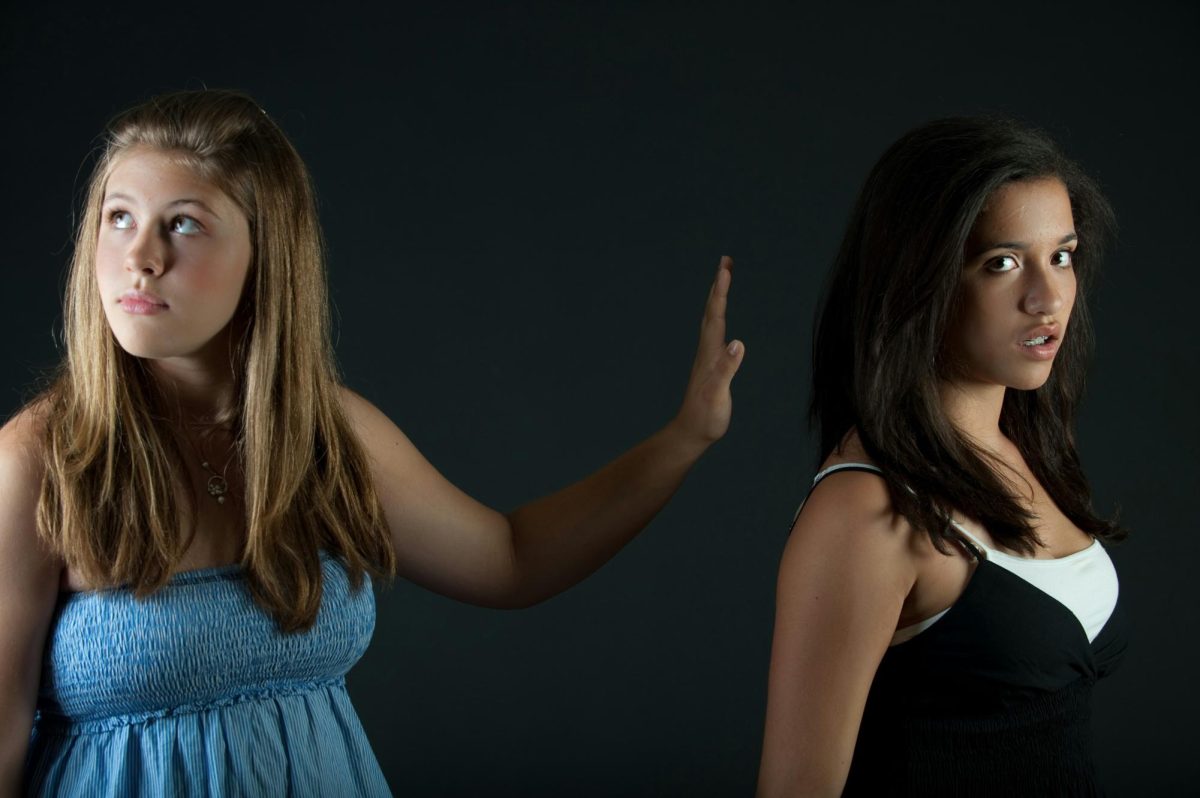On May 24, 2022, a gunman opened fire at Robb Elementary School in Uvalde, Texas, and killed 19 students and two teachers. This tragedy and the dismissal response of law enforcement horrified the country and renewed conversations surrounding gun violence. As I watched Uvalde vote this midterm election, their stance on gun laws was nothing short of surprising, especially when compared to communities like Broward County in Florida where similar tragedies have occurred. Just four years earlier on Feb.14, 2018, 14 students and three teachers were killed in Parkland, a municipality in northern Broward County, when a former student opened fire at Marjory Stoneman-Douglas High School. Both of these towns have seen the worst of what gun violence can do to a community, but as we all know, they are far from the only communities in America to experience something so horrific.
This year’s midterm results in Uvalde and Broward were especially revealing because they reflected the country’s division over addressing gun violence. In the November 2022 Texas gubernatorial election, Uvalde County overwhelmingly voted in favor of Republican candidate Greg Abbott. Not only is Abbott vehemently against all forms of gun control, but he also expanded access to firearms by legalizing permitless carry. Meanwhile, voters in Broward were strongly in favor of gubernatorial candidate Charlie Crist, a Democrat who has been vocal about his support for stricter gun laws (it’s important to note that incumbent Ron Desantis ultimately defeated Crist at the state-wide level).
Like many Americans, I was shocked when the numbers in Uvalde came back in favor of Abbott. It would make sense that citizens in Uvalde would vote for a candidate like Beto O’Rourke after the tragedy they witnessed this past Spring. Why didn’t Uvalde vote for the “gun sense” candidate like Broward did? Perhaps Uvalde citizens didn’t prioritize gun violence over other issues like abortion and the state economy.
It’s easy to say that the tragedy at Robb Elementary wasn’t enough to change the direction of the electorate in Uvalde, but I don’t believe that this is the case. While conducting research for this article, I found it much harder to find voting resources for Uvalde than for Broward. Broward provides concrete information about municipal elections and precinct access, as well as information about redistricting and election day procedures.
Uvalde on the other hand doesn’t even provide updated numbers on voter registration. The accessibility of election information appears to make a difference in voter turnout given that a higher percentage of registered voters vote on election day in Broward than in Uvalde. The fact that it was so hard to find election information for Uvalde compared to Broward proved to me that political leaders want to make voting as hard as possible for Uvalde citizens.
At first glance, comparing Broward to Uvalde seems fair. But when you look deeper, it’s clear that they can’t be held to the same standards because of the role of race in these societies. Broward is over 60% white and Uvalde is nearly 80% Hispanic/Latino – Uvalde’s elected officials do not represent the racial makeup of the county. This has created what Uvalde natives describe as a racial hierarchy.
After the incident in May, former Uvalde resident Neil Meyer wrote about this dynamic in the Washington Post. Meyer stated that the white minority in Uvalde places its love of right-wing ideologies over the safety and needs of the Hispanic community. He wrote that Robb Elementary – which is 90% Hispanic and 81% economically disadvantaged – has been at the center of “the struggle in Uvalde over the past half-century to desegregate its schools,” and that he knew the victims would be largely Hispanic when the news broke about where the shooting took place. The majority of Uvalde is Hispanic/Latino, and the majority of Hispanic/Latino citizens generally feel that Democrats care about them more than Republicans. Based on this, Uvalde should be voting in favor of Democrats like Beto O’Rourke and subsequently voting for gun-sense candidates. But Uvalde’s leaders wish to maintain the racial hierarchy because it allows them to stay in power. So they limit access to voting information and resources in order to make voting harder for citizens. Ultimately, this has led to Uvalde voting in favor of Republicans and against gun-sense.
Broward has homogeneity in its population and its elected officials, and this saves the town from having the same problem that Uvalde has. There isn’t a racial hierarchy between the government and citizens like there is in Uvalde. And the interest of Broward’s white majority is not a threat to its predominately white leadership. As a result, voting in Broward is generally easier than it is in Uvalde because voting information and resources are made accessible by people in power. Voter participation and turnout are naturally increased when barriers to voting are eliminated, and higher voter turnout tends to tip key races in the direction of Democrats and gun-sense candidates.
Broward County and Uvalde County are not split on this issue because one city cares more about the tragedy it faced. Citizens in both towns clearly care about what happened in their communities. They are split on the issue because they don’t share the same challenges. The only thing these communities have in common is that they both were scenes of mass gun violence. Other than that commonality, Broward and Uvalde are different in every other way so we should expect the results of their elections to reflect that difference. Until the racial hierarchy in Uvalde subsides, access to voting information will remain challenging and Uvalde will continue to not vote in favor of gun-sense candidates.




